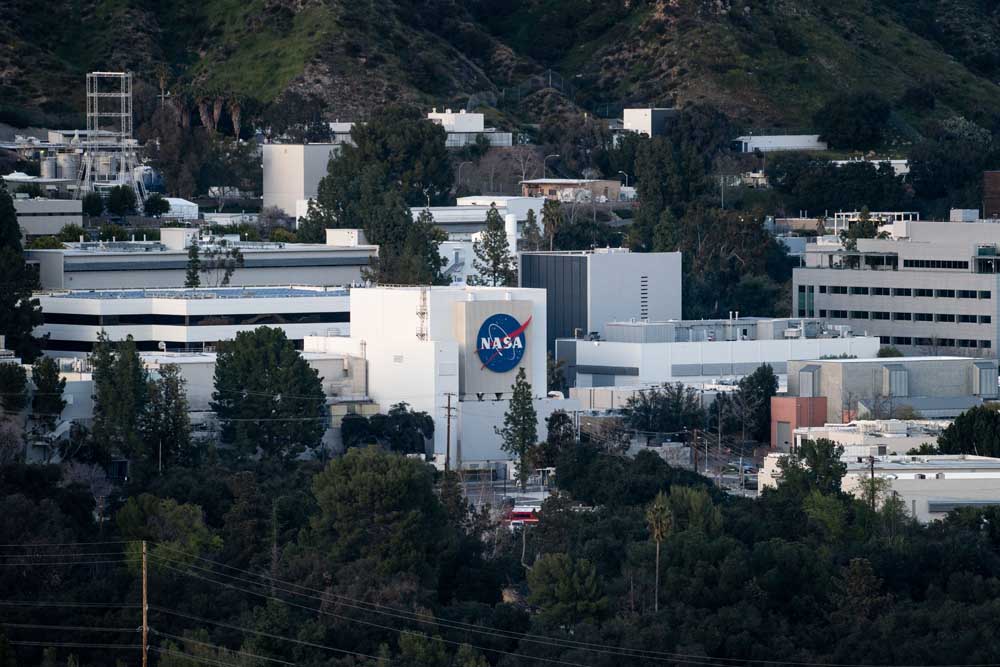NASA Jet Propulsion Laboratory lays off another 5% of workforce
Published 3:07 pm Tuesday, November 12, 2024

- The Jet Propulsion Laboratory campus in Pasadena, California, is seen here in March 2023.
NASA’s Jet Propulsion Laboratory, one of the world’s premier centers for robotic space exploration, is laying off about 325 people, or roughly 5% of the workforce, laboratory director Laurie Leshin announced Tuesday.
The layoffs come as JPL deals with budget cuts and technical challenges that have roiled its Mars Sample Return program.
The workforce reduction comes in the wake of an 8% layoff in February. The new round of layoffs is not in response to the presidential election and the change in administrations, Leshin said in a memo to her colleagues.
“[E]ven though the coming leadership transition at NASA may introduce both new uncertainties and new opportunities, this action would be happening regardless of the recent election outcome,” she wrote.
JPL, which is managed by Caltech, has a history of carrying out ambitious and often awe-inspiring robotic exploratory missions across the solar system. That includes the Perseverance and Curiosity rovers on Mars, the Voyager probes to the outer solar system and the Europa Clipper probe that launched last month on a $5 billion exploration of the icy Jupiter moon that scientists believe has a subsurface ocean.
But it has not been smooth sailing for JPL in recent years. With many teams working remotely during the pandemic, missions targeting Venus and an asteroid suffered delays.
The laboratory’s biggest mission, Mars Sample Return, has endured budget cuts amid criticism from members of Congress and an independent review panel that it is costing too much — between $8 billion and $11 billion over the full life cycle of the mission, according to a NASA Independent Review Board estimate.
And the review board said the samples wouldn’t be back any sooner than 2040. That didn’t sit well with NASA brass. The estimated 2040 return date is “unacceptable,” NASA Administrator Bill Nelson said in April in announcing a major overhaul of the program. “It’s the decade of the 2040s that we’re going to be landing astronauts on Mars. It’s also unacceptable that it’s $11 billion.”
NASA is now considering proposals from private companies as well as from JPL for ways to revise the mission architecture.
“I believe this is the last cross-Lab workforce action we will need to take in the foreseeable future,” Leshin said in her memo. “After this action, we will be at about 5,500 JPL regular employees. I believe this is a stable, supportable staffing level moving forward.”







